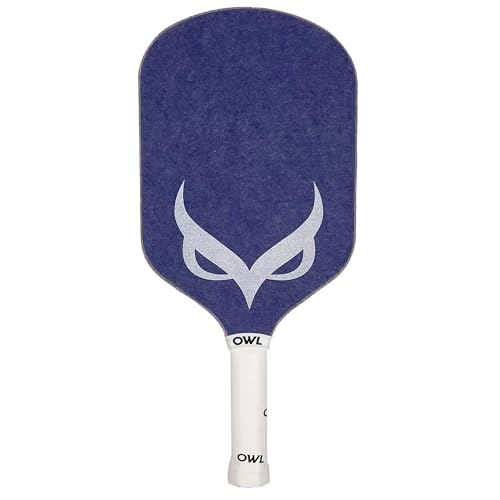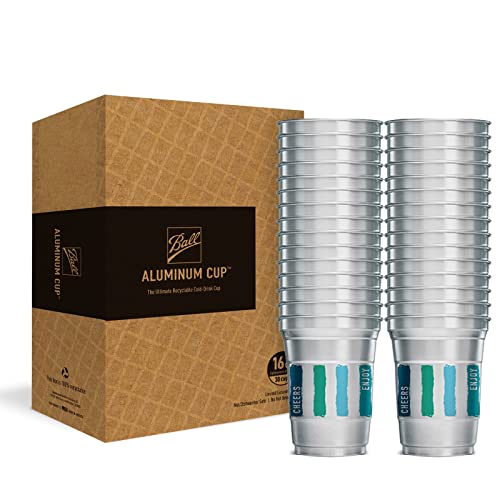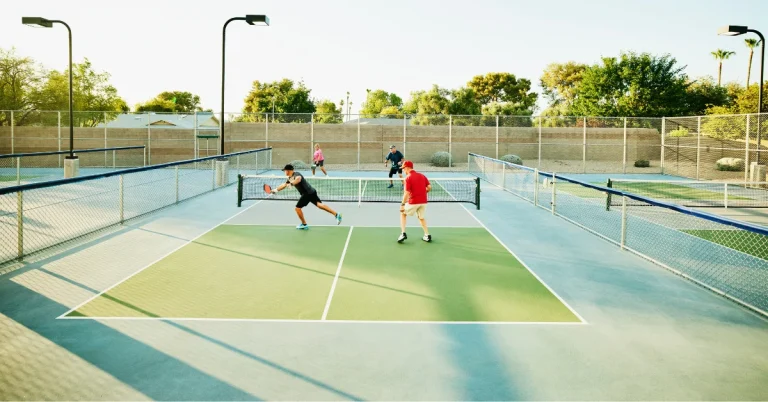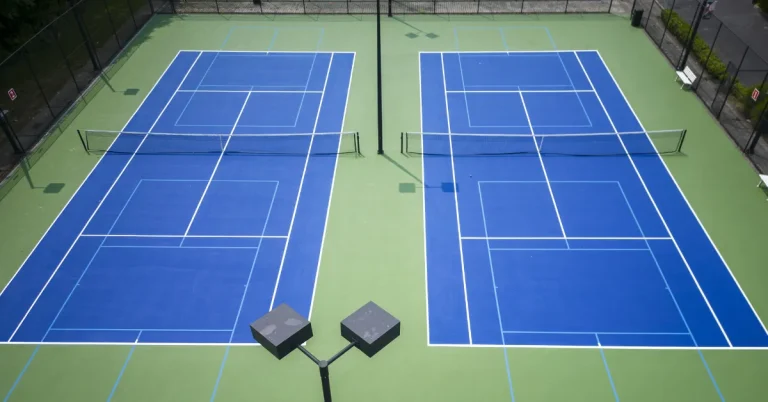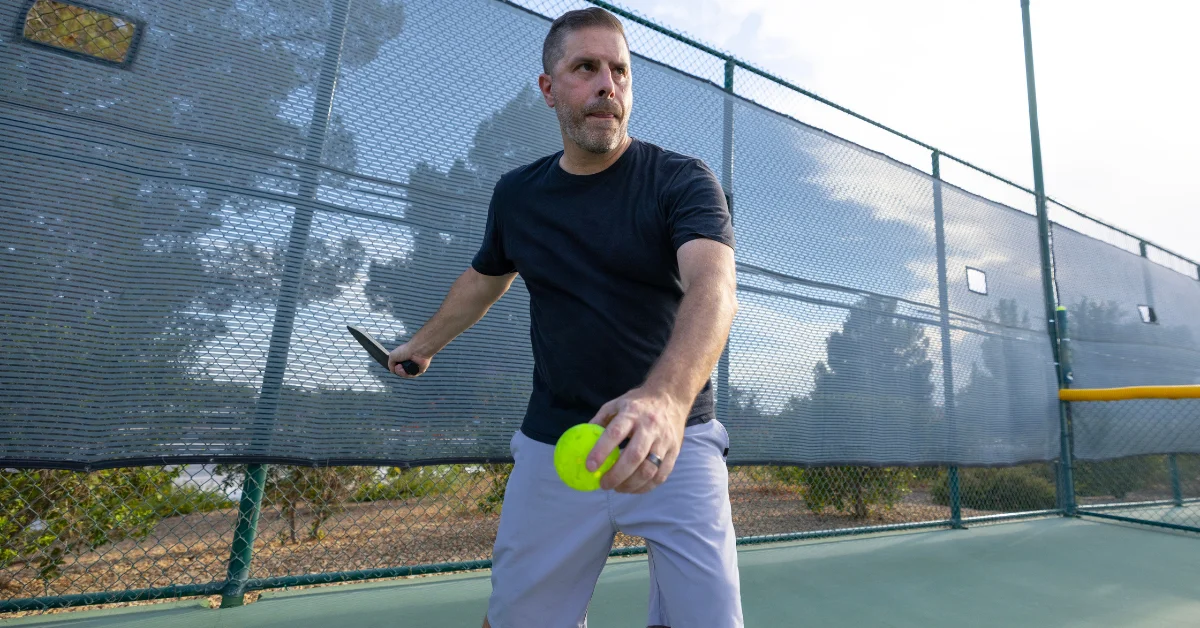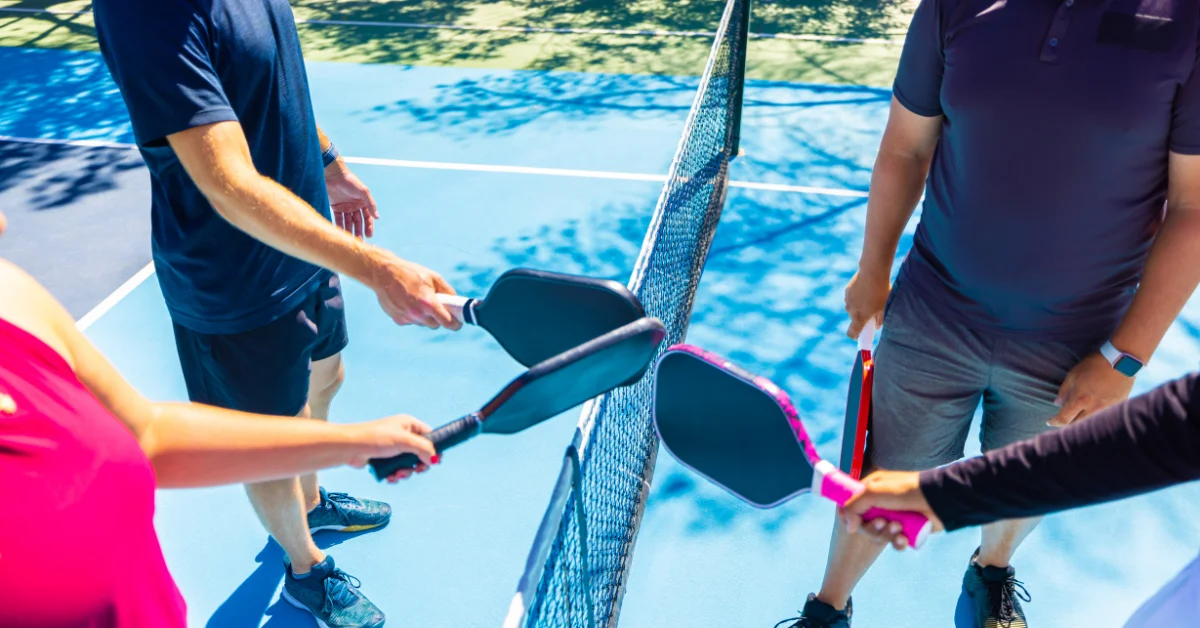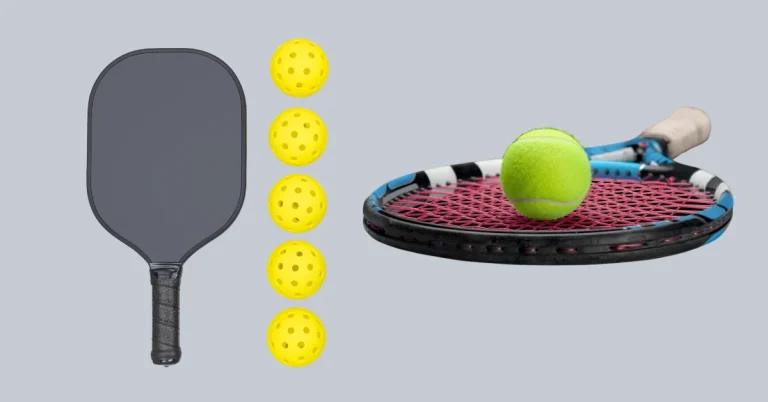Introduction
Pickleball is a paddle sport that combines elements of tennis, badminton, and table tennis. It is typically played on a rectangular court with a net in the middle. The rules of pickleball may vary slightly depending on the organization or location, but here are the fundamental rules of the game.Court and Equipment
Court Dimensions
A pickleball court is 20 feet wide and 44 feet long for doubles and singles. The court is divided into two halves by a net that is hung at 36 inches at the sidelines and 34 inches at the center.
Net
The net should be stretched tight, and it should have a mesh size of no more than 1 inch.
Pickleball Paddles
Players use solid paddles, which are generally made of materials like wood, composite, or graphite. The paddle‘s hitting surface must be flat and smooth, without any texture.
Pickleball
A perforated plastic ball with holes is used. There are specific balls designed for indoor and outdoor play, each with its own set of characteristics.
Gameplay
Serving
The game starts with one player from each team serving from the right-hand side of the court. The serve must be made underhand, with the paddle contacting the ball below waist level, and the serve must travel diagonally across the court into the opposite service box. The server must keep one foot behind the back boundary line until the paddle strikes the ball. It is also important that the serve is initiated with both feet behind the baseline, without stepping on or over this line before making contact with the ball.
A serve in pickleball is considered out if it lands outside the correct service box on the opposite side of the court. Specifically, the ball must land within the diagonal box opposite the server, without touching the non-volley zone (also known as the kitchen). If the ball lands in the kitchen, on the non-volley zone line, or outside the sideline or baseline of the service box, the serve is considered out. Additionally, if the ball hits the net and does not land in the correct service box, it is also deemed a fault.
Double Bounce Rule
After the serve, each team must let the ball bounce once on their side before they can start volleying (hitting the ball in the air). The opposing team must also let it bounce before they return it. This is known as the “double bounce” rule.
Volleying
After the double bounce, players can either volley the ball (hit it in the air without letting it bounce) or play it off the bounce. Volleying can only be done when a player’s feet are behind the non-volley zone line, also known as the “kitchen.”
Non-Volley Zone (Kitchen)
A seven-foot-wide area on both sides of the net, extending 7 feet from the net. Players are not allowed to volley the ball while standing in the kitchen. They must let it bounce before hitting it if they are in the kitchen.
Scoring
Games are typically played to 11 points, and you must win by 2 points. You can only score points when your team is serving.
In pickleball, the score is typically called out in a specific format that includes the serving team’s score followed by the receiving team’s score. The server’s score is always called first. Here’s how you say the score in pickleball:
Server’s Score: You start by announcing the server’s score. For example, if the server’s team has 3 points, you say the number “3.”
Receiver’s Score: After stating the server’s score, you then say the receiver’s score. For example, if the receiving team has 2 points, you say the number “2.”
Server’s Number: Finally, you announce the server’s number (either “1” or “2”) to indicate which player on the serving team is serving the ball.
So, if the server’s team has 3 points, the receiving team has 2 points, and it’s the first player on the serving team’s turn to serve, you would say “3-2-1” before the serve. If it’s the second player’s turn to serve on the serving team, you would say “3-2-2.”
Here’s an example of score announcements:
“4-3-1” means the server’s team has 4 points, the receiving team has 3 points, and it’s the first player on the serving team’s turn to serve. “8-7-2” means the server’s team has 8 points, the receiving team has 7 points, and it’s the second player on the serving team’s turn to serve. This format helps keep track of the score and ensures that both teams are aware of the current score and server.
Faults
Faults include not clearing the net with your serve, stepping into the kitchen while volleying, volleying before the double bounce, hitting the ball out of bounds, and other rule violations.
Service Rotation
In doubles play, both players on a team serve before the serve rotates to the other team. In singles play, only the server has a chance to score points.
Let Serve?
Not anymore. If the ball hits the net during a serve and lands in the correct service court, it’s a live ball and no longer called a “let”.
Side Out
When the serving team commits a fault, it results in a side out, and the receiving team gets the chance to serve.


